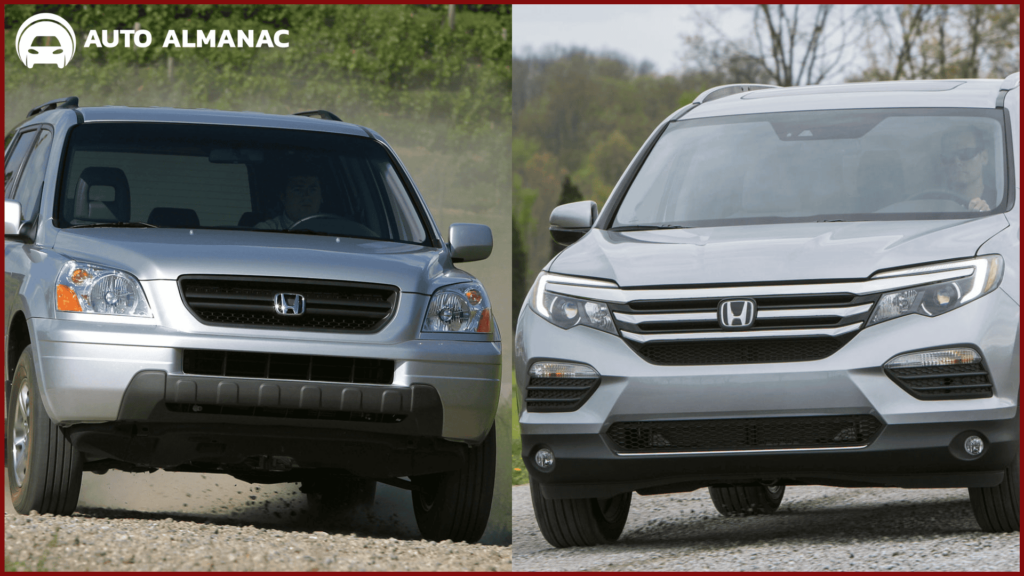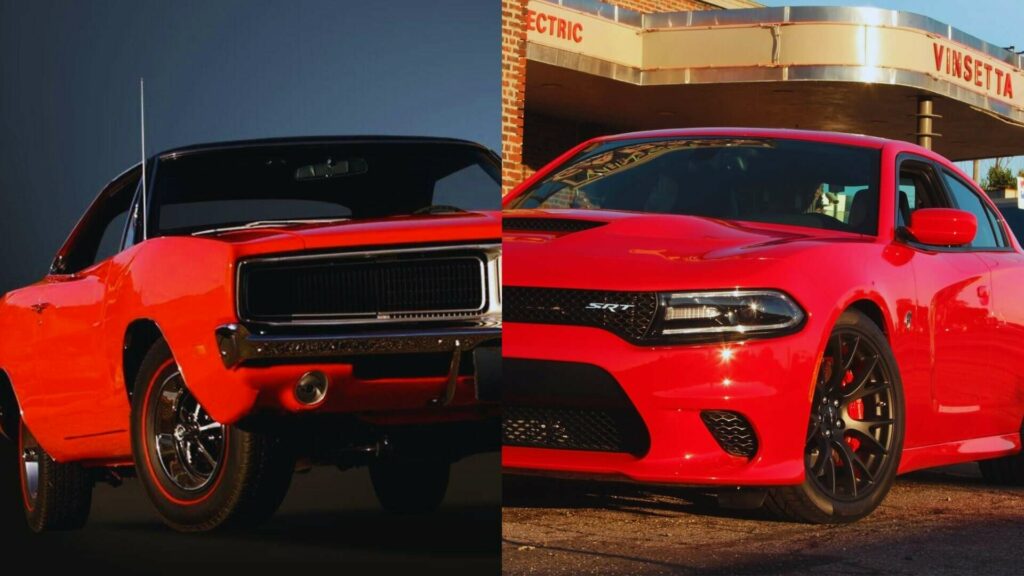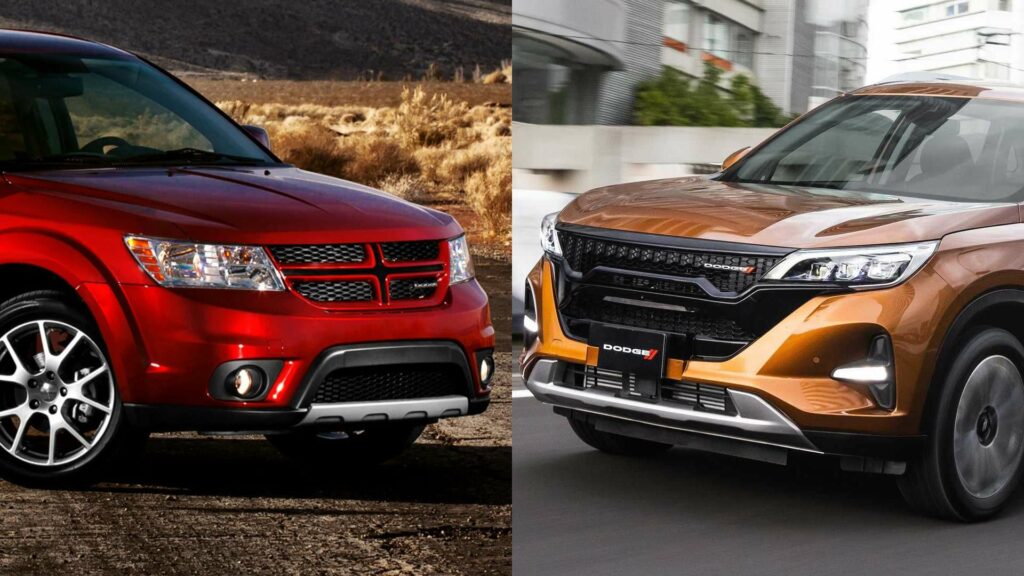So you want a Honda, but a Civic sedan’s mere 14.8 cubic feet of cargo space and seating for four isn’t cut out for you and your extended family.
Sounds like you need an 8-seater behemoth (by Japanese standards) like the Honda Pilot!
But before you spend all your hard-earned cash on one, it’s worth knowing which model years are either a solid people carrier or just a downright money pit.
Try these on for size and thank us later!
What are the best and worst Honda Pilot years?
The best Honda Pilot years are 2008, 2014, 2015, and 2018, while the worst years are 2003, 2005, 2016, and 2017.
The best and worst Honda pilot years are based on their consumer and expert ratings, reliability reviews, notable features, and number of complaints.
The Honda Pilot’s entry into the mid-size crossover segment back in 2002 gave rise to a platform that doesn’t shy away from showcasing the Japanese automaker’s prowess in performance and tech, even for a family SUV.
Just a tad bit bigger, taller, and wider than its CR-V sibling, the Honda Pilot can easily be mistaken for the former’s doppelganger. But does it have that same Honda reliability?
It turns out that only certain model years of the Pilot live up to that standard, while others aren’t so very lucky in that department, among other things.
Some of the best years that you can safely add to your wishlist include the 2008 model of the 1st generation, the 2014 and 2015 models of the 2nd generation, and the 2018 model of the 3rd generation.
As for the ones we urge you not to buy, these include the 1st-gen 2003 and 2005 models, and the 3rd-gen 2016 and 2017 models.
Now, let’s take a look below and see exactly why these years can either be absolute green flags or red flags to own!
What are the best Honda Pilot years?
The best Honda Pilot years include 2008, 2014, 2015, and 2018 owing to a balance of good features, higher reliability scores, and fewer reported complaints.
2008 Honda Pilot (YF1/YF2)
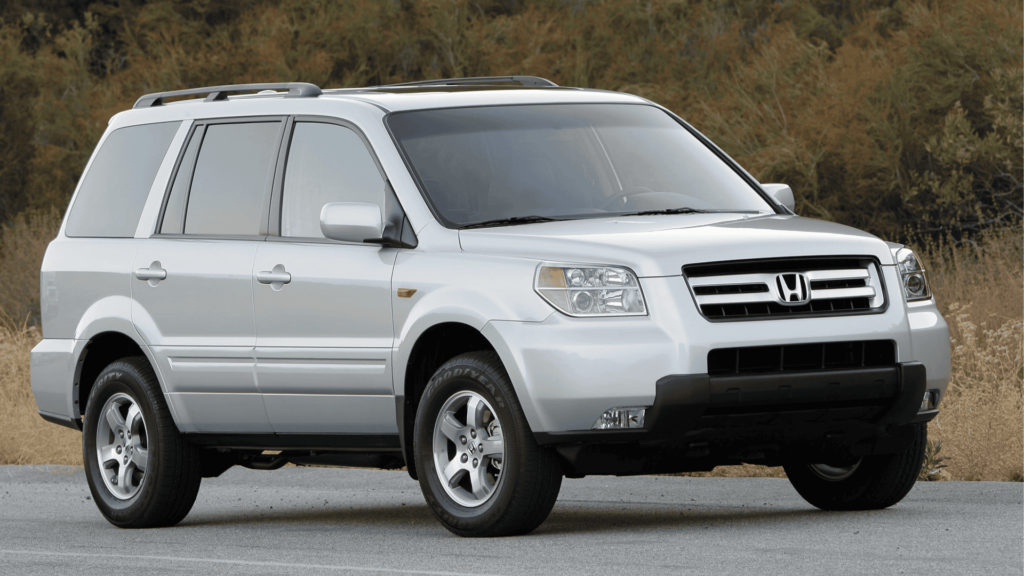
One of the best years that you can buy out of the 1st generation (YF1/YF2) of the Honda Pilot is the 2008 model, which is actually the generation’s last model year.
Commonly the case for the last year of most car makes, the 2008 Honda Pilot benefits from the Japanese manufacturer’s improvements in reliability and features made throughout the 1st generation’s production run.
This led to an unsurprising decrease in the number of complaints reported in the 1st-gen model for this year. In fact, the 2008 model has the fewest complaints out of any YF1/YF2 model on CarProblemZoo and CarComplaints.
With great reliability comes respectably high ratings from owners, with Edmunds giving it a 4.3/5. An overall consumer rating of 82/100 from J.D. Power further solidifies the 2008 Honda Pilot’s credibility.
Even for an almost decade-old model, the 2008 Pilot is revered for its combination of uncompromising reliability, ample interior space, and high safety ratings.
2014 Honda Pilot (YF3/YF4)
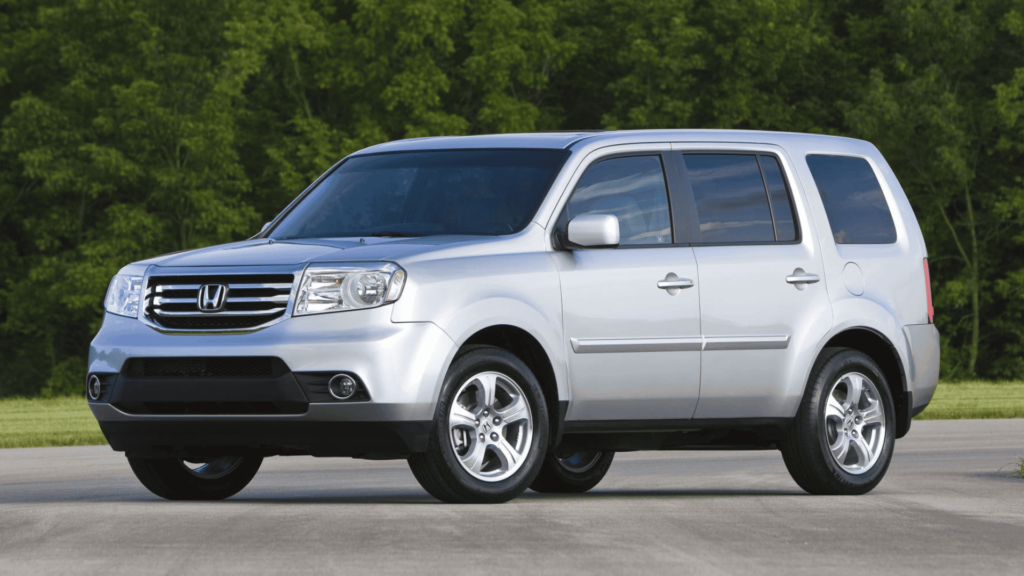
When it comes to the 2nd-generation Honda Pilot, you can’t go wrong with the 2014 model and its selection of features and signature Honda reliability.
With more modern and boxier design cues, the 2014 Honda Pilot is truly utilitarian with a side of comfort that doesn’t disappoint. And that’s before we even talk about its scores on the board.
The 2014 model year is only second to the newer 2015 model in having the fewest reported complaints both on CarProblemZoo and CarComplaints, which tells a lot about its long-term reliability.
Consumer ratings for this model year are also fairly high for the most part, with KBB and J.D. Power giving it a 4.5/5 and 81/100, respectively. Only Edmunds consumers slightly deviated from this with an average rating of 3.6/5.
This can be due to the fact that some owners rated it poorly for acceleration performance, and there have also been cases where the check engine light came on. But again, this is few and far between compared to more problematic years.
While this generation of the Pilot slightly lags behind competitors in terms of features, it still shines in storage space and legroom. The upper EX-L trim is also quite luxurious-feeling with its leather seats.
2015 Honda Pilot (YF3/YF4)
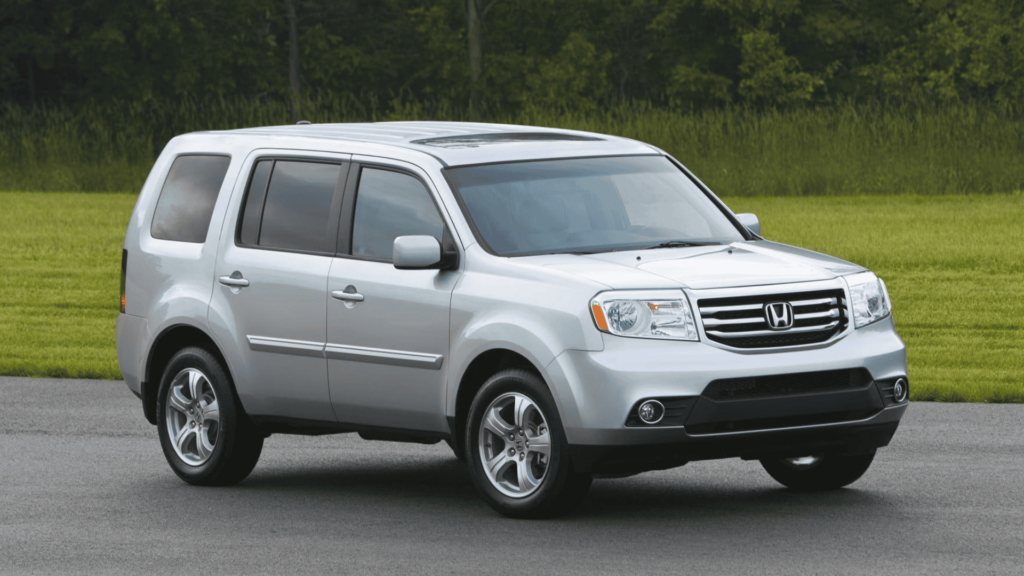
If you’re looking to buy the most quintessential example of a 2nd-generation Honda Pilot, then look no further than the 2015 model, yet again, the last and most polished model year.
As we mentioned earlier, the 2015 Honda Pilot has the fewest reported complaints out of any 2nd-gen model, making it one of the most reliable and trusty Honda Pilot models you can buy in the used market today.
As far as ratings go, the 2015 model also has its fair share of high scores, with KBB and Edmunds consumers both giving it a 4.5/5 on the scale. Meanwhile, J.D. Power consumers rate it at 79/100, which is slightly lower than the 2014 model’s.
While there’s not much difference in features between the 2014 and the 2015 model, it’s still worth noting that there is a Special Edition (SE) trim for this model year, which adds on features like a power moonroof and a rear DVD entertainment system.
You also get an XM satellite radio as standard for the SE trim. As for the exterior, new pewter-gray aluminum alloy wheels complete the package.
The only thing you need to keep in mind is that the 2015 model year is included in the well-known Takata airbag recall, which involves the potential rupturing of the frontal passenger-side inflator module.
However, there are very few reports (only 10 on CarComplaints) regarding an airbag-related issue, so the 2015 Honda Pilot is still very much a safe buy.
2018 Honda Pilot (YF5/YF6)
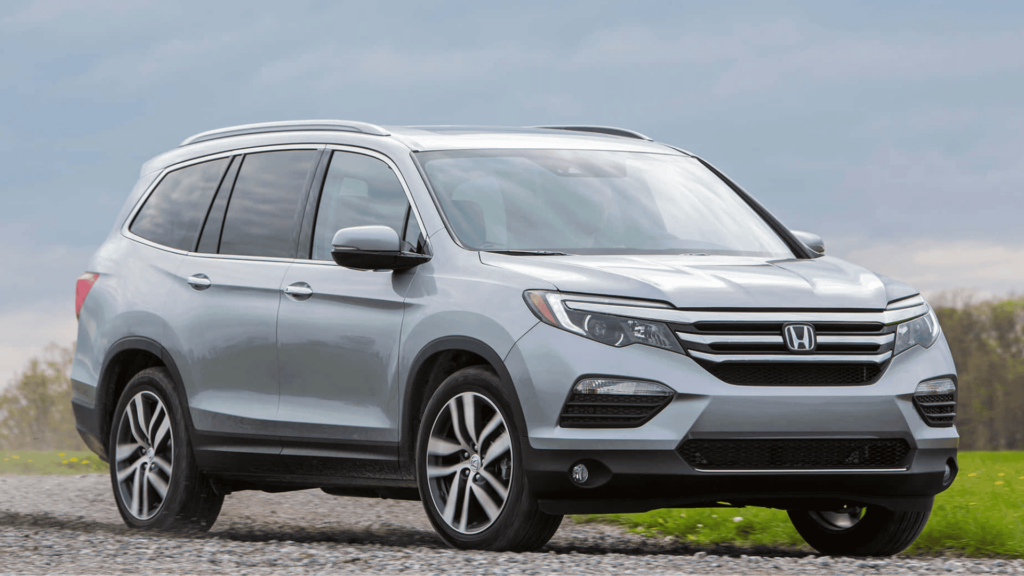
Fancy a used but more modern Honda Pilot? Then the 3rd-generation YF5/YF6 model is just for you. Specifically, you should aim for a 2018 model, one of the best Honda Pilot years there is.
Compared to the problematic 2016 and 2017 models, the 2018 model received considerably fewer complaints on CarProblemZoo and CarComplaints.
With that said, you still need to look out for some engine issues common for this generation, including starting/restarting problems and connecting rod bearing damage.
A level up from its predecessors, the 3rd-gen 2018 Honda Pilot features a stronger and more fuel-efficient 280-hp V6 engine that doesn’t feel sluggish for its size.
However, we do recommend pairing the V6 up with the 6-speed automatic transmission option, as the 9-speed variant lacks a bit of refinement for us to call it “smooth”.
Feature-wise, the 2018 Pilot is the best-equipped one we’ve discussed so far, owing to inclusions of an 8-inch touchscreen interface, lane departure prevention, forward collision mitigation, and even a heated steering wheel (Elite trim).
And since it is a Honda Pilot after all, you can expect great storage space all around the cabin. Just about every nook and cranny has a cup holder and, not to mention, it has an impressive 83.9 cubic feet of cargo capacity.
What are the worst Honda Pilot years?
The worst Honda Pilot years are 2003, 2005, 2016, and 2017 due to more reported complaints and numerous safety recalls.
2003 Honda Pilot (YF1/YF2)
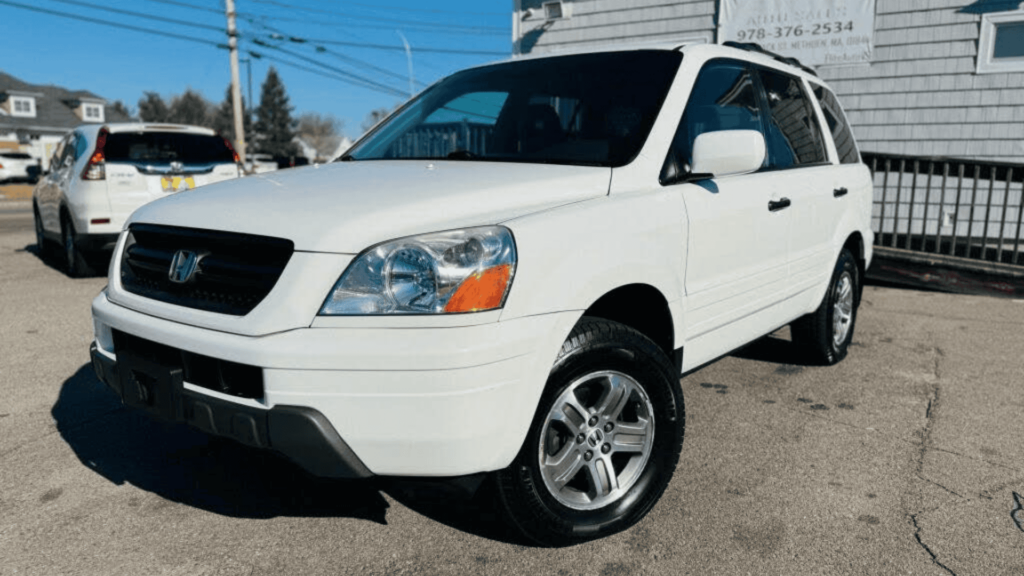
Early model years of the 1st-generation Honda Pilot are not really known for their reliability, and the 2003 model is a perfect example of this.
It being the very first model year of the Honda Pilot, the 2003 model is easily a year that you should skip because of the number of complaints and recalls it has.
The 2003 Honda Pilot ranks first as the most problem-prone year of the crossover on CarComplaints, with 257 reports, most of which concern various issues with its electrical system.
At the time of writing, a total of 858 problems on CarProblemZoo have been reported for the 2003 model, with the number one category being its powertrain.
More specific issues that have plagued this year include jerky transmission shifts, gear slippage, transmission failure, a blinking “D” light, and a check engine light.
There are 12 NHTSA recalls posted on KBB and Cars.com for the 2003 Pilot, with the majority of them relating to the airbags.
The airbag recalls pertain to the prevalent Takata airbag inflator issue, which can potentially rupture due to propellant degradation. Upon deployment, this can dangerously eject metal fragments into the cabin and injure the occupants.
2005 Honda Pilot (YF1/YF2)
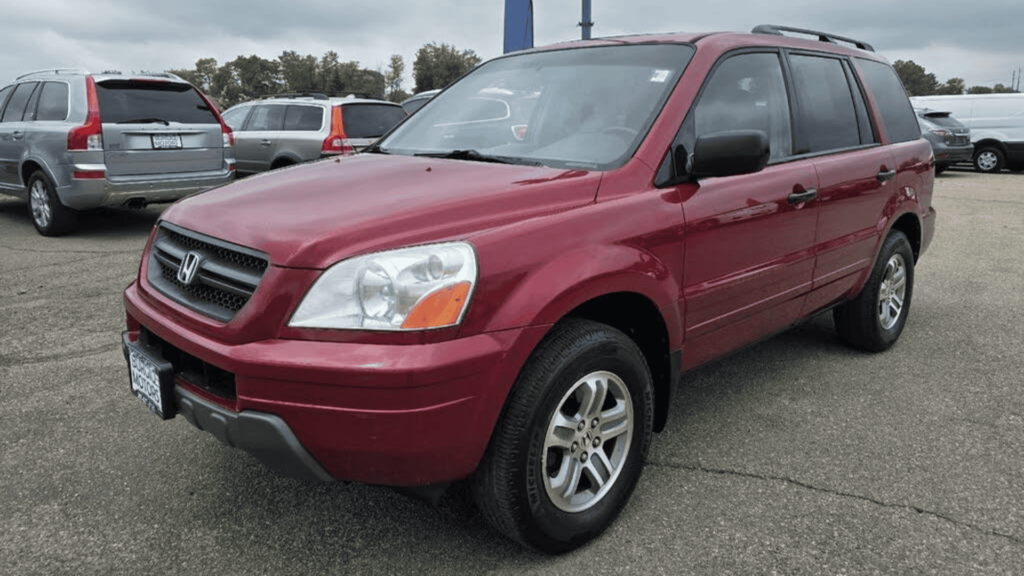
Another model year to avoid if a 1st-gen Honda Pilot floats your boat is the 2005 model, which exhibits virtually the same transmission problems that have been present in the 2003 model year.
Part of the earlier model years of the YF1/YF2 Pilot, the 2005 model was unable to improve much in the reliability department, with it having the highest number of complaints on CarProblemZoo at 924 reports.
While the usual powertrain problems and airbag inflator fiasco are to be expected for this model year, another prominent weakness of the 2005 Honda Pilot is its braking system, which registered 234 NHTSA complaints on CarComplaints.
Owners commonly reported that the vehicle applied the brakes on its own without pedal input. The VSA (vehicle stability assist) light also appears to come on whenever this occurs.
According to our research, a recall for the 2005 model’s VSA system is available, which traces the cause to a loose ground connection.
The recall (13V092000) states that it is a simple ground connection tightening fix.
This is only one of the 11 known NHTSA recalls involving the 2005 Honda Pilot, with the Takata airbags still making up most of them.
2016 Honda Pilot (YF5/YF6)
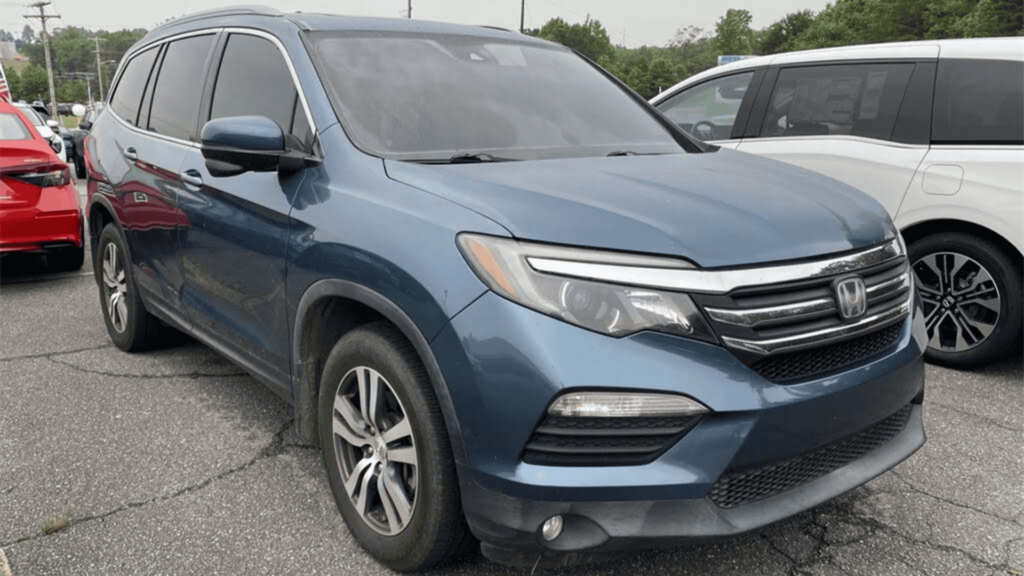
If you’re looking for a reliable 3rd-generation Honda Pilot, then a big mistake would be picking the first model year, the 2016 model.
Not only does it have average consumer ratings at best, but it also takes the top spot as the Honda Pilot with the most number of complaints on CarProblemZoo at a whopping 2,022 complaints.
This is twice as bad as the unreliable 2005 model, which is one of the worst years of the 1st generation.
The top problem category on CarProblemZoo for the 2016 model is engine problems, and if that isn’t enough to steer you away from it, there are also loads of reported electrical gremlins in a close second place.
Some of the most common engine problems of the 2016 Honda Pilot are loss of power, an illuminated check engine light, engine knock, starting difficulties, jerky acceleration, and connecting rod bearing failure.
The 2016 model has also been involved in several recalls involving various components, which also include the rod bearing.
Other recalled parts are the fuel pump, fuel tank, hood latch striker, instrument cluster software, and third row seatbelt.
2017 Honda Pilot (YF5/YF6)
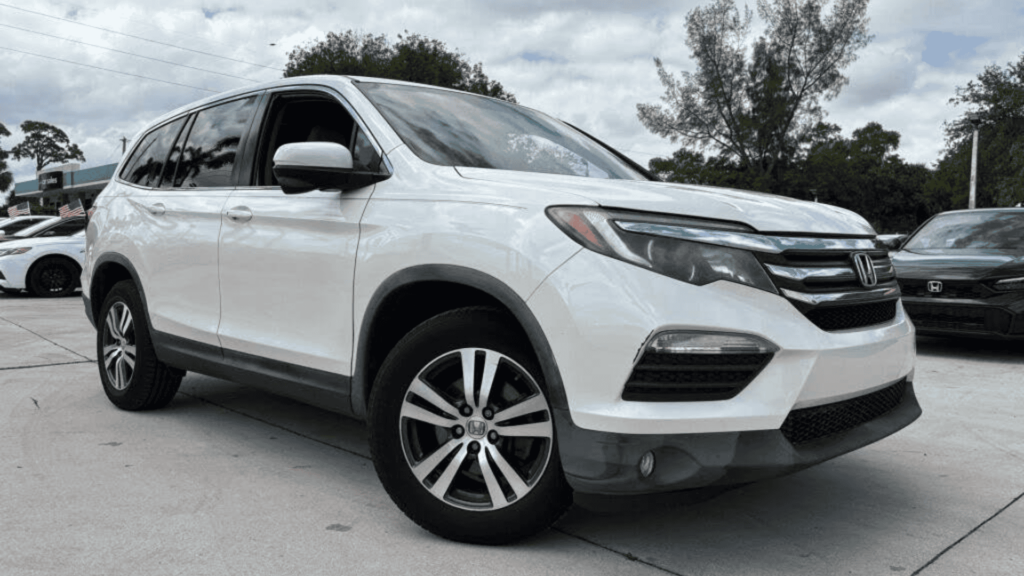
2017 was another bad year for the 3rd-generation Honda Pilot, making it barely a worthy successor to buy.
The 2017 model is only a slight improvement over the 2016 model in terms of reported issues, but we still wouldn’t recommend it overall, as it’s still one of the most unreliable examples of the Honda Pilot.
With just over a thousand complaints reported on CarProblemZoo, the 2017 Honda Pilot is riddled with the same rod bearing issues that have plagued its predecessor, which can inevitably result in engine failure.
The transmission was also not spared from problems, with owners typically reporting that the vehicle shifts rather roughly.
Electrical issues are also one of the most common problems for this year, which include a malfunctioning auto idle stop feature and multiple warning lights illuminating.
Just like the 2016 model, the 2017 Honda Pilot was also recalled for its faulty hood latch and failing fuel pump.
